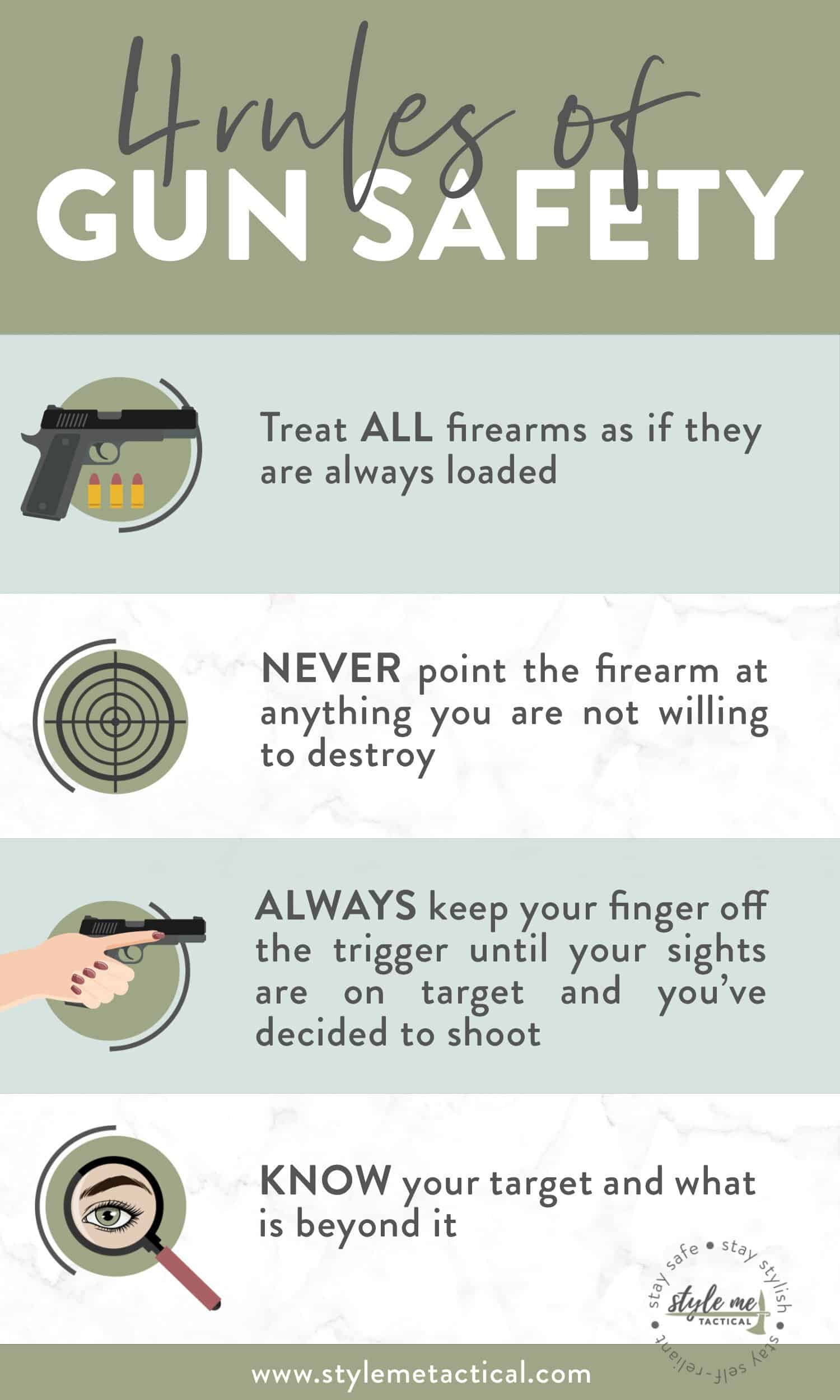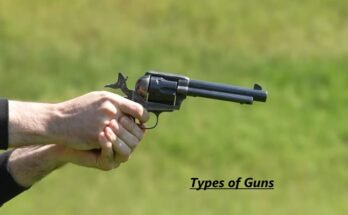A gun does not have to be in a safe by law, but it is strongly recommended for safety. Secure storage of firearms helps prevent unauthorized access and accidents.
Storing a gun properly is essential for both firearm safety and security. Whether you’re a gun owner concerned with preventing theft or someone invested in keeping your household safe, understanding best practices for storing guns is crucial. Many states provide clear guidelines on firearm storage, and while not all mandate the use of a gun safe, responsible ownership often implies keeping weapons out of the wrong hands.
Strong safes and lockboxes are instrumental in achieving this, serving as deterrents against unauthorized users, including children and burglars. Ensuring easy yet secured access for the owner, modern safes offer a balance between readiness and responsibility. Not only can sturdy safes protect your firearms from damage, but they can also be a legal safeguard in areas where firearm storage laws are particularly stringent. Remember that responsible gun ownership starts with the commitment to safe and secure storage.
Gun Safety Imperatives
Understanding the gun safety imperatives is crucial for anyone owning or handling firearms. Responsible gun ownership hinges on recognizing that safety measures, like using a safe, protect both the owner and those around them. Let’s delve into the reasons why safety is non-negotiable and the potential fallout from overlooking this key aspect of firearm ownership.
Why Safety Matters
Firearms demand respect and responsibility. The primary goal of employing safety practices, like using a gun safe, is to prevent accidents. A gun safe keeps weapons out of reach from children and unauthorized users. It ensures peace of mind knowing that guns are stored securely. Here are the key points that highlight why safety matters:
- Protecting children: Keeping firearms locked up prevents access by children, reducing the risk of tragic accidents.
- Deterring theft: A locked safe can prevent criminals from stealing guns and using them for illegal activities.
- Preserving safety: Safes ensure that, in a crisis, only the owner has access to the firearm.
Consequences Of Negligence
The consequences of not securing firearms can be dire. A lapse in gun safety can lead to outcomes that have lasting impacts. In table format, we summarize the consequences:
| Consequence | Result |
|---|---|
| Accidental Discharge | Injury or death resulting from an unintended shot. |
| Theft of Firearm | Criminals could use stolen guns to commit crimes. |
| Legal Repercussions | Gun owners may face charges if their negligence leads to harm. |
Such negative consequences highlight the need for strict adherence to gun safety protocols, with proper storage being at the forefront.
Legal Requirements For Firearm Storage
Storing firearms properly is critical for safety and to comply with the law. Gun owners must understand their legal obligations. Regulations vary based on jurisdiction. It’s vital to know the specific laws that apply.
Federal And State Regulations
Federal law emphasizes gun safety but often allows states to define storage requirements. Some demand that guns be locked away when not in use. Check your state’s guidelines to ensure compliance.
| State | Storage Requirements |
|---|---|
| Example State A | Lock in safe or install trigger locks |
| Example State B | Store unloaded in a secure location |
Understanding Local Ordinances
Beyond state laws, local ordinances may impose stricter rules. It’s crucial to research local regulations. Some cities mandate specific safe technology or alert systems for stored guns.
- Check with local law enforcement
- Review city council updates
- Understand penalties for non-compliance
The Role Of Gun Safes In Firearm Security
The Role of Gun Safes in Firearm Security is pivotal. Responsible gun ownership requires safe storage. This prevents theft and unauthorized use. Gun safes are reliable. They protect firearms from dangers.
Benefits Of Using A Safe
Gun safes offer multiple advantages:
- Reduces Risk of Accidental Discharge: Keeps guns away from children and untrained individuals.
- Protection from Theft: Heavy, sturdy safes discourage burglars.
- Fire Protection: Many safes are fire-resistant, shielding guns in emergencies.
- Legal Compliance: Some areas mandate locked storage, a safe complies.
- Peace of Mind: Owners know where firearms are stored securely.
Types Of Gun Safes
Diverse safes cater to different needs:
| Safe Type | Features |
|---|---|
| Biometric Safes | Quick access with fingerprint recognition. |
| Combination Safes | Classic dial or electronic PIN code entry. |
| Key Lock Safes | Simple, traditional key and lock mechanism. |
| Vehicle Safes | Portable, secure travel with guns. |
| Hidden Safes | Disguised as everyday items for added secrecy. |
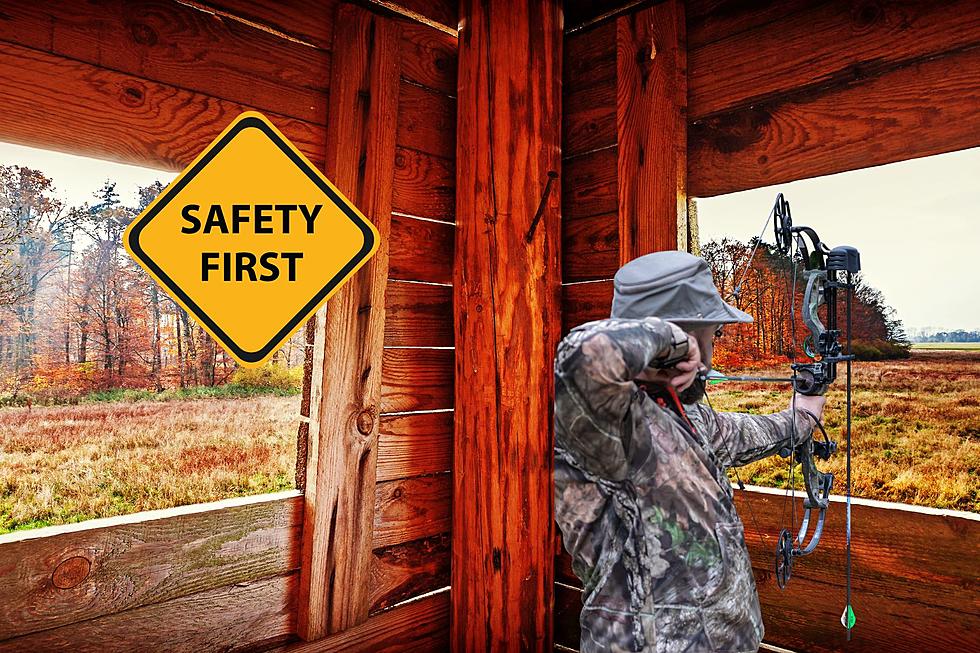
Credit: 103gbfrocks.com
Alternative Security Measures
Exploring alternative security measures for guns extends beyond the traditional safe. Owning a firearm comes with the responsibility of ensuring it is secure at all times, not just for the safety of the owner but for everyone around. While a gun safe is a popular choice, many other effective methods can prevent unauthorized access to firearms. Let’s delve into some practical and efficient options.
Locks And Gun Cases
Secure gun storage isn’t limited to large, bulky safes. Small locks and specialized gun cases also offer protection. Trigger locks and cable locks are compact solutions. They block the firing mechanism, making a weapon inoperable. Here are some key points:
- Trigger locks: fit over the trigger or trigger guard to prevent activation.
- Cable locks: thread through the firearm’s action, obstructing it.
- Gun cases: not just for transport, can be locked and stored.
These options cater to different needs and budgets, ensuring gun owners can choose a suitable security level for their firearms.
Secure Rooms And Concealment Furniture
Transforming a room into a secure firearm storage space is an effective strategy. A dedicated room with reinforced doors and locks creates a singular place for gun safety. Below are the elements that define a secure room:
| Feature | Description |
|---|---|
| Solid Core Doors | Provides strength against forced entry. |
| Multiple Locks | Increases time and difficulty for unauthorized access. |
| Alarm System | Alerts owners to any unauthorized attempts. |
Concealment furniture merges functionality with stealth. This innovative design allows owners to store firearms within ordinary-looking furniture. Examples include:
- Bookshelves with hidden compartments.
- Coffee tables with secret drawers.
- Wall art with integrated storage.
This approach not only secures firearms but also keeps them out of sight, adding an extra layer of security.
Responsible Gun Ownership Practices
Responsible gun ownership signifies more than just keeping firearms secure. It involves comprehensive education, regular care, safe handling, and understanding local laws. A vital aspect is deciding whether to use a gun safe. Although not legally necessary everywhere, a safe can prevent unauthorized access and protect guns from damage. Let’s delve into essential practices every gun owner should adopt.
Education And Training
Knowing how to handle and respect your firearm stands at the core of responsible gun ownership. Training courses are indispensable for all gun owners. They cover safe handling, shooting techniques, and critical decision-making skills. Participants learn the importance of:
- Always pointing the gun in a safe direction
- Keeping the gun unloaded until ready to use
- Being aware of the target and what’s beyond
Additionally, knowledge about state regulations and secure storage solutions, including safes, is essential. Experts recommend a regular refresher course to stay updated on safety practices.
Regular Maintenance And Inspection
Just like any other mechanical device, firearms require consistent maintenance to function reliably. A well-maintained gun ensures safety for the user and others. Here are key maintenance steps:
| Action | Frequency | Purpose |
|---|---|---|
| Cleaning | After each use | Removes residue, prevents corrosion |
| Inspection | Before use | Checks for damage or wear |
| Lubrication | As required | Ensures smooth operation |
A thorough check includes examining the barrel, action, ammunition, and safety devices. Tools for proper upkeep should be a staple in every gun owner’s inventory. Gun owners should remember that regular maintenance bolsters longevity and reliability.
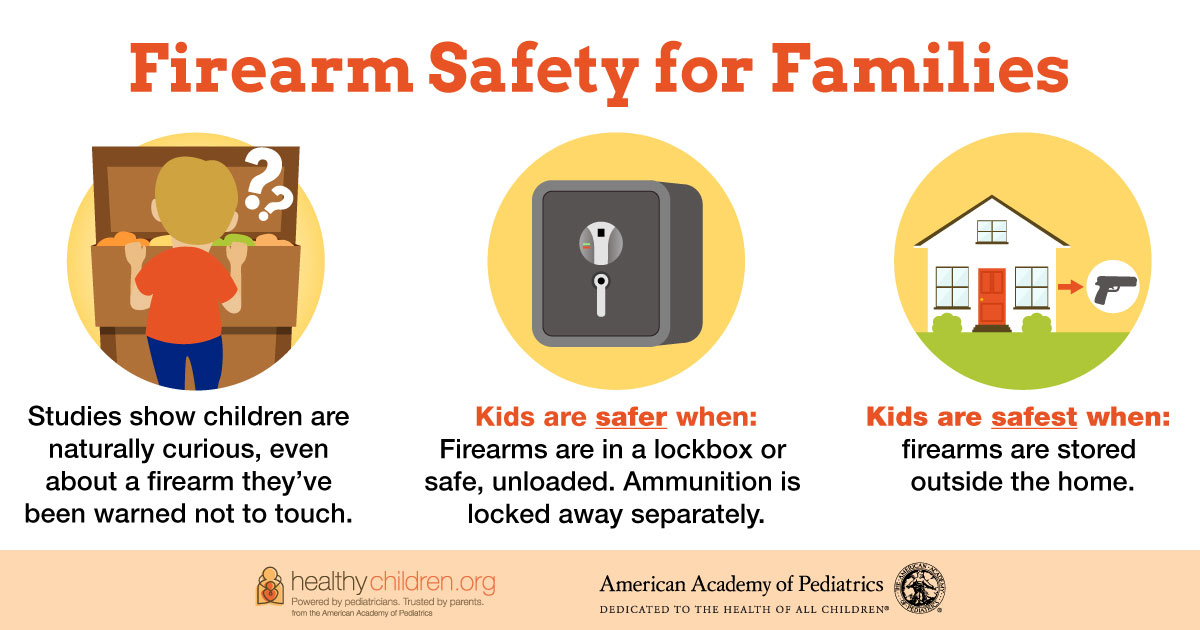
Credit: vachildcare.com
Addressing Common Myths About Gun Storage
Gun ownership comes with big responsibilities. One of those is storage. People often think guns must always go in safes. This isn’t true for everyone, and some beliefs about gun storage are just myths. Let’s clear them up.
Quick Access Vs. Locked Away
Many say guns should be easy to grab quickly. They worry a safe takes too long to open. But modern safes offer both security and quick access. Biometric safes use fingerprints to open fast. There is no need to choose between safety and speed.
The Impact Of Safe Storage On Self-defense
Some believe a gun in a safe can’t help defend in time. This isn’t true. A well-placed safe in a bedroom or another strategic location allows for both safe storage and quick access for self-defense. Safety and self-defense go hand in hand with the right storage solution.
- Myth: Safes are too slow for emergencies.
- Truth: Quick-access safes balance safety and speed.
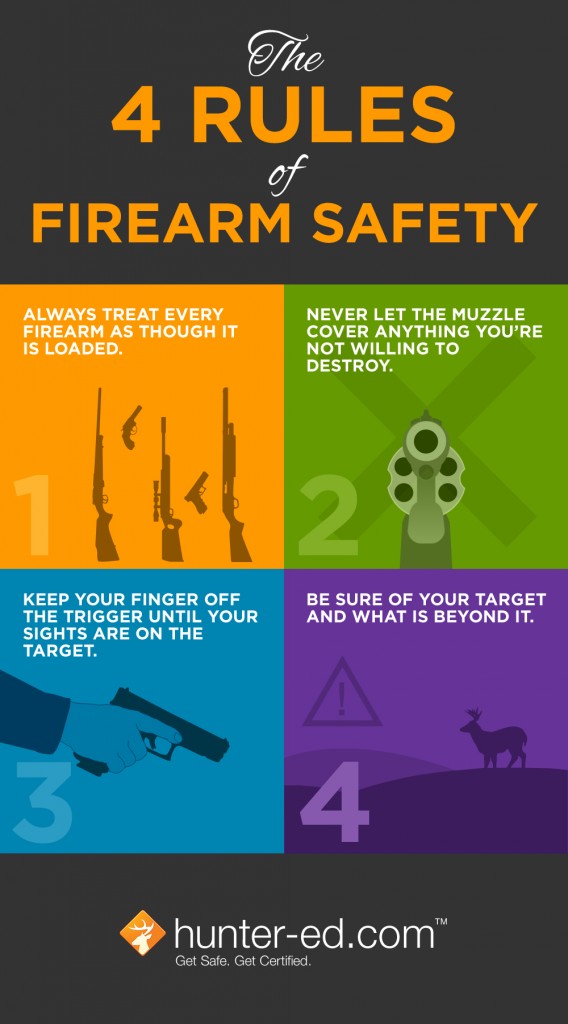
Credit: www.hunter-ed.com
Frequently Asked Questions For Does A Gun Have To Be In A Safe
Do You Have To Have A Safe For A Gun?
Owning a gun safe is not legally required everywhere, but local laws may mandate secure firearm storage. A safe can prevent unauthorized access and offer protection. Always check your local regulations.
Is A Gun With No Safety Safe?
A gun without a safety requires extra caution and proper handling. Responsible gun owners recognize the importance of treating every firearm as if it’s loaded, maintaining safe practices at all times. Always consult a firearms expert or take a safety course for best practices.
Do You Need A Gun Safe Yes Or No?
Yes, owning a gun safe is important for securing firearms and ensuring safety in the home. It prevents unauthorized access and protects your investments.
Do You Have To Have A Gun Safe In Ca?
Yes, California state law requires gun owners to secure firearms in a locked container or with a locking device.
Conclusion
Safeguarding firearms is essential for both safety and legal compliance. Storing guns in safes prevents unauthorized access and accidents. It’s a responsible practice every gun owner should consider. Remember, a secure gun not only protects your home but also saves lives.
Make the wise choice for peace of mind.
